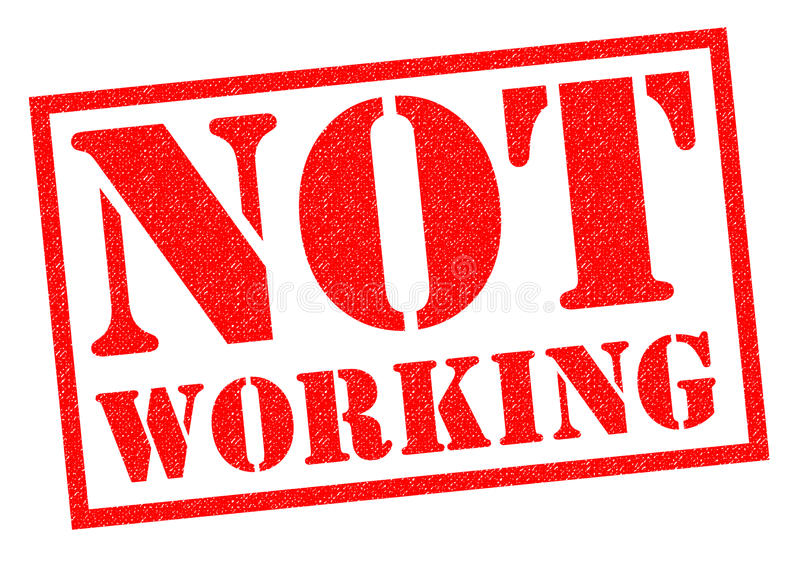
Authenticity means erasing the gap between what you firmly believe inside and what you reveal to the outside world. – Adam Grant
I read a story about a Texas rancher driving through Vermont and had to stop to let a farmer’s cow cross the road. The rancher called out to him as the farmer passed in front of a Cadillac convertible. “How much land you got, partner?”
“Well,” the farmer said, “my land runs down there to them alders along the brook. On the meadow side over there, it goes clean up to those larches on the hill.”
“You know,” said the rancher, “I got a spread in Texas, and I can get in my pickup and drive all day without reaching any of my boundary lines.”
“That so?” said the farmer. “I had a truck like that once.”
The rancher reminds me of many leaders I have known over the years. They are the “one-uppers” who, for some reason, believe they must one-up all those around them.
Then you have the humble, unassuming farmer who, probably with a twinkle in his eye, brought the prideful rancher down a notch.
There are some lessons to be learned from the ole farmer and some leadership perspectives to be gained. We should consider these two.
Leadership is not a game of comparisons.
This can be an easy and unhealthy trap for a leader. An aspiring leader might see a prominent leader who packs out speaking events, writes best-selling books, has a great social media following, etc.; the comparison can be overwhelming.
An old adage says, “Bloom where you’re planted,” and this ought to be your focus as a leader. Your impact will be significant when you commit to your personal growth and development, commit to a strong work ethic, serve others, etc. In other words, focus on growing yourself; everything else will work out.
You have to run your race, not someone else’s race. You have lives to touch with your influence that no one else can touch- even that big-name person you admire from afar. Don’t get caught up with comparisons that don’t matter.
Leadership is not about keeping score.
This is one of the essential leadership skills that will always serve you well. When you commit yourself to not keeping score, it will elevate you as a leader. The greatest challenge you will face every day as a leader is found in leading yourself. With that being the case, there’s little time left to keep score.
According to John Maxwell, keeping score means competing with others. People keep track of the winners and losers. As John says, “Keeping score is appropriate for games, not relationships.”
As you lead from the heart and practice kindness, you soon learn that keeping score is petty. Seeking ways to elevate and serve others becomes a priority, and ultimately, your reflection at the end of the day should revolve around how many people you lifted and served to improve their lives.
There are leadership lessons to be learned all around us. Learning how to make the most of them is what matters.
©2025 Doug Dickerson





